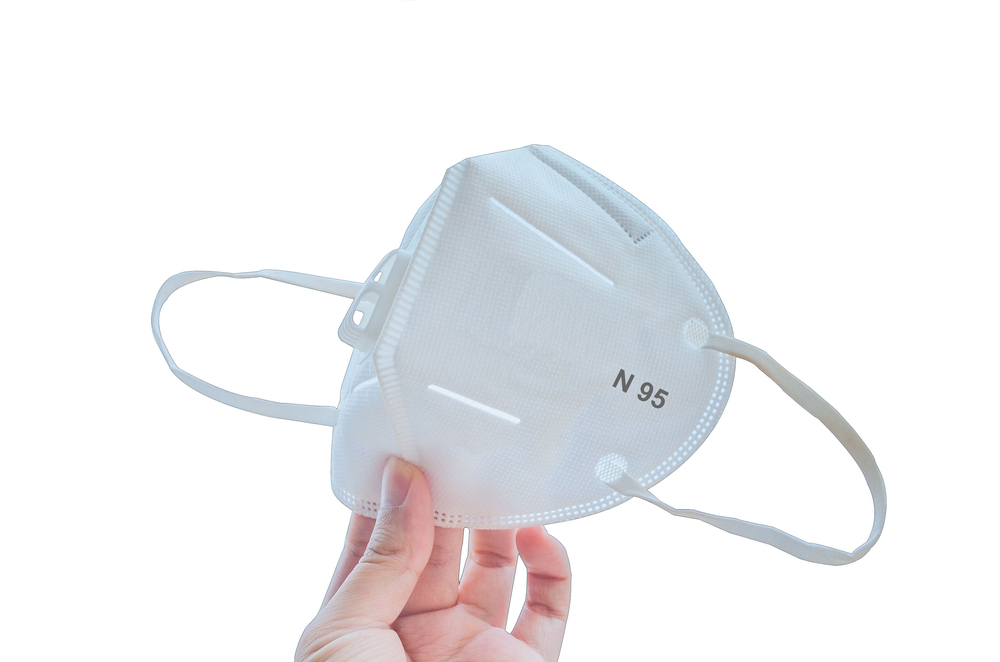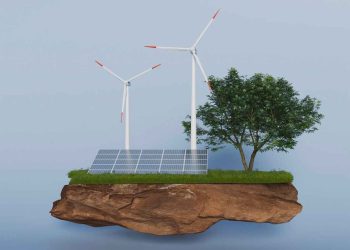Before the pandemic, the N95 masks were typically worn by employees in factories where they were exposed to toxic chemicals and fumes. The N95 masks got their name from the US health standard guideline, which requires these masks to filter out at least 95% of particles and droplets borne with bacteria and viruses.
In the aftermath of the pandemic, N95 masks have emerged as a necessity and the first line of protection against the dreaded Covid-19 infection. These masks were earlier suitable to be worn only in industrial settings. But the Families First Coronavirus Response Act allowed these masks to be used for healthcare purposes as well.
What are N95 masks?
N95 masks were officially called N95 filtering facepiece respirators and were made according to the standards of the US National Institute for Occupational Safety and Health (NIOSH). These masks, however, do not filter any oil-soluble particles. Authentic N95 masks have the NIOSH logo, the filter class, and the TC approval number on them. Learn more about N95 masks.
They are regulated based on filter efficiency, permissible pressure drop, flow rate, and test agent. The N95 respirators are made up of a fine mesh of synthetic polymer fibers. This nonwoven polypropylene fabric is made by melt blowing technique. It forms the inner filtration layer that is responsible for filtering out hazardous particles.
How do they work?
N95 masks provide the best protection against coronavirus than others.
The filtering layer can filter out both large and small particles that would have been otherwise inhaled. Some masks come fitted with valves that make it easier to breathe. However, the air that blows out of these valves is unfiltered. So, the air exhaled from the masks might contain live viruses and bacteria.
To ensure that the masks work in an optimum state, a precise fit and proper seal is required. When these masks were used for industrial use, OSHA required a fit test to see whether the masks fitted well on the workers. A model, style, and size test were conducted to get the right fit for the wearer. Additional fit and tight tests are conducted by the person who wears the mask. N95 masks today come along with rubber or metal clips on the nose that can be tightened to get a better seal.
What do the masks filter?
As the name suggests, the masks filter about 95% of both large and small-sized airborne particles. They can filter dirt, contamination, bacteria, viruses, allergens, and pollens. However, the N95 masks cannot filter synthetic or toxic gases, chemical vapors, gasoline, and hypoxic ecosystems.
On the other hand, when they are worn correctly, surgical masks can also help block large airborne droplets, sprays, and splatters containing germs. However, the surgical masks fail to block small airborne particles that are emitted when coughing or sneezing. All things considered, N95 masks are the better choice as they also provide a better fit.
What to look for when purchasing an N95 mask?
- If you suffer from some ailments, you may want to check out with your physician if you can wear the N95 mask comfortably or not. People with cardiovascular disorders and respiratory irritation may find it challenging to breathe with the mask on.
- Select a valveless mask if you have contracted a contagious disease.
- Check with the manufacturer if your exhalation valves cut moisture or not.
- There is no such check on how long the mask can be used. It needs to be replaced when it is cracked, or you find it difficult to breathe with it.
- In case you are a healthcare worker or are required to meet several patients, please refrain from wearing the same mask in front of patients diagnosed with COVID/Wuhan virus and those who have not been exposed to the virus.
- The N95 mask is not suitable to be worn by a child. It is preferable to give them cloth or a disposable mask. Breathing will be easier this way, and the basic requirement for filtration will also be met.
- It is not preferable to wear an N95 mask along with facial hair as it would ruin the fitting.
- If you have trouble breathing with the mask on, please contact a general physician.
What is the difference between N95 and KN95 masks?
With similar-sounding names, both N95 and KN95 masks are much in demand in the market. The fundamental difference is that N95 masks are made based on US standards, while the KN95 masks follow the Chinese standards. It is reasonable to consider that the Chinese KN95 masks are comparable to US N95s. Other masks with similar standards include Europe’s FFP2, Australia’s P2, Japan’s DS and Korea’s KMOEL.
On measurable terms, both N95 and KN95 masks can filter up to 95% of filtrates of size 0.3 micron.
There are also specific differences between the two categories of masks. KN95 masks are manufactured only after a special fit test is conducted on humans to ensure that the leakage is less than 8%. In contrast, N95 masks have stricter pressure drop requirements, which make them slightly more breathable than KN95 masks.
Recommended choices for N95 masks
- Balaclava with Replaceable Air Filter – This Balaclava mask offers a great fit and sits on the face well even if you have facial hair. It is washable and can be reused by replacing the air filters. The mask fabric is made up of 91% polyester and 9% spandex to allow greater breathability for the skin. It is priced at $30.71.
- N95 Mask Particulate Respirator – It is approved by NIOSH and has a foldable noseband and double strapped elastic headband. The mask is made in China and comes in a pack of twenty pieces that are sold for $119.59.
- Biogaiter Personal Air Filter – This mask offers protection against hazardous airborne particles, pollen, dander, dust, smoke, smog, and germs as well. The filtration technology is a combination of NANO fiber filtration and spunbond technology, resulting in strong, washable, and durable material. It is priced at $45.99
- N95 Mask Particulate Respirator – Priced at $149.99 for twenty pieces, it is approved by NIOSH 95. It comes along with an elastic headband and foldable noseband for enhanced fitting.
It can be worn for 8 hours uninterrupted.






